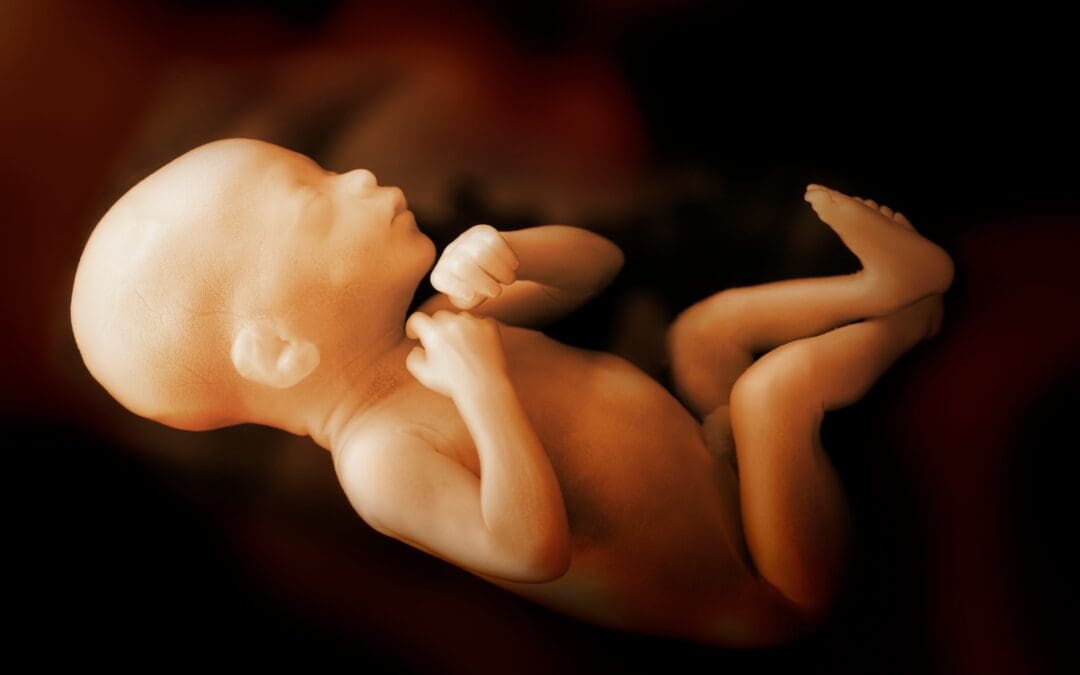During the next four weeks, we will be publishing a discussion of pro-life messaging and an argument for why a pro ABUNDANT life response best addresses abortions causes and effects. These posts were orginally published in the Human Life Review.
__________________________
Over the last few years, there has been a debate in the pro-life movement concerning whether or not our messaging should be more focused on women or the unborn. In the midst of this debate, many have embraced a primarily woman-centered messaging that highlights abortion’s effects on women.
__________________________
Abortion. Hardly any topic garners such strident responses in America’s political climate. More than forty years after the Supreme Court’s ruling in Roe v.Wade, about one million babies are aborted every year.[i] After four decades of entrenched political discourse, pro-life organizations are rightly debating what messaging best challenges abortion and the abortion culture that has emerged post-Roe. The biggest debate seems to center on whether pro-life organizations should focus on abortion’s impact on the unborn, its impact on women, or its impact on both.
Life-Focused Messaging
Pro-life advocates have always argued that abortion is the destruction of life. The opposition has argued that abortion simply removes a “clump of cells” from a woman’s uterus, not destroying life, but preventing a pregnancy from becoming a human life. As ultrasound technology improved, pro-life advocates increased their resolve. Ever-clearer images of babies in the womb with tiny hands, feet, and faces, seemed irrefutably as representative of life. Arguments and apologetics were developed that highlighted the logical similarities between the child in the womb and the child in the crib, saliently pointing out that to justify the destruction of one was to justify the destruction of the other.
These arguments were predicated on the hope that people would become pro-life if they realized a human life was at stake. Unfortunately, however, history is filled with examples of the powerful preying on the weak, fully knowing that their victims were human lives. Few slave owners in the Antebellum South, or Nazi prison guards in World War II, believed that the slave on the auction block or the prisoner on his way to the gas chamber was not a person.
They were recognized as persons, but persons worth selling and sacrificing. The slave owners and Nazi soldiers were not dehumanizing their victims; they were sub-humanizing them.
Even with the advent of 4D ultrasound technology, fetal heart monitors, and stories of babies surviving birth at less than 25 weeks, nearly one million abortions will likely happen this year.[ii] Simply highlighting the humanity of the unborn child, no matter how true and important that may be, has not swayed as many as we would like. Pregnancy center workers can attest to stories of women seeing fully formed babies on ultrasound screens yet choosing abortion anyway.
Moreover, pro-choice advocates are now using the language of personhood to describe the unborn, while denying them their rights as persons. Salon magazine published an article entitled, “So what if abortion ends life?”[iii] In it, Mary Elizabeth Williams argued that pro-choice activists were “illogically contradictory” for referring to the unborn as clumps of cells one moment and then celebrating a pregnancy or mourning a miscarriage the next. Even Williams agrees that “life is life.”
Rather than arguing that abortion does not sacrifice life, she wrote that activists should argue that the fetus is a “life worth sacrificing.” According to Williams, “A fetus can be a human life without having the same rights as the woman in whose body it resides. She’s the boss. Her life and what is right for her circumstances and her health should automatically trump the rights of the non-autonomous entity inside of her.” Per Williams, activists should embrace the truth that “all life is not equal.”
Rather than being representative of some radical pro-choice fringe, Williams’ views now describe the rhetoric being used by the nation’s largest abortion advocates.
For example, NARAL’s video, Comedians in Cars Getting Abortions[iv], featured a woman saying that she was tired of her body incubating a “person.” Hillary Clinton defended abortion by saying that the “unborn person” does not have any constitutional rights.[v] And a recent article in Romper was written by a pro-choice activist who said that becoming a mother made her more pro-choice than ever before.[vi]
With the pro-choice community adopting the language of personhood in their defense of abortion, some have argued that pro-life advocates must double down on woman-focused messaging to win the fight against abortion. They point to the Center for Medical Progress’ undercover videos and the resulting public backlash against Planned Parenthood as evidence of how successful such messaging can be. Additionally, such messaging allows pro-life people to attack, head on, the claim that abortion empowers women.[vii]
Read part 2 next week here on the Abundant Life Blog.
[i] “ABORTION STATISTICS United States Data & Trends.” National Right To Life Committee. NRLC, n.d. Web. 24 Mar. 2017. .
[ii] Ibid.
[iii] Williams, Mary Elizabeth. “So What If Abortion Ends Life?” Salon. Salon Magazine, 23 Jan. 2013. Web. 24 Mar. 2017. .
[iv] Comedians in Cars Getting Abortions. YouTube. NARAL, 12 July 2016. Web. 24 Mar. 2017. https://www.youtube.com/watch?v
[v] Rappeport, Alan. “Hillary Clinton Roundly Criticized for Referring to the Unborn as a ‘Person’.” The New York Times. The New York Times, 04 Apr. 2016. Web. 24 Mar. 2017. .
[vi] Kenney, Jamie. “Becoming A Mom Made Me Even More Pro-Choice.” Romper. Romper, 24 Oct. 2016. Web. 24 Mar. 2017. .
[vii] Hawkins, Kristan, and Lauren Enriquez. “Pro-woman Messaging: The Strategy to Win the Mushy Middle.” The Human Life Review XLII.3 (2016): 17-30. Web.

